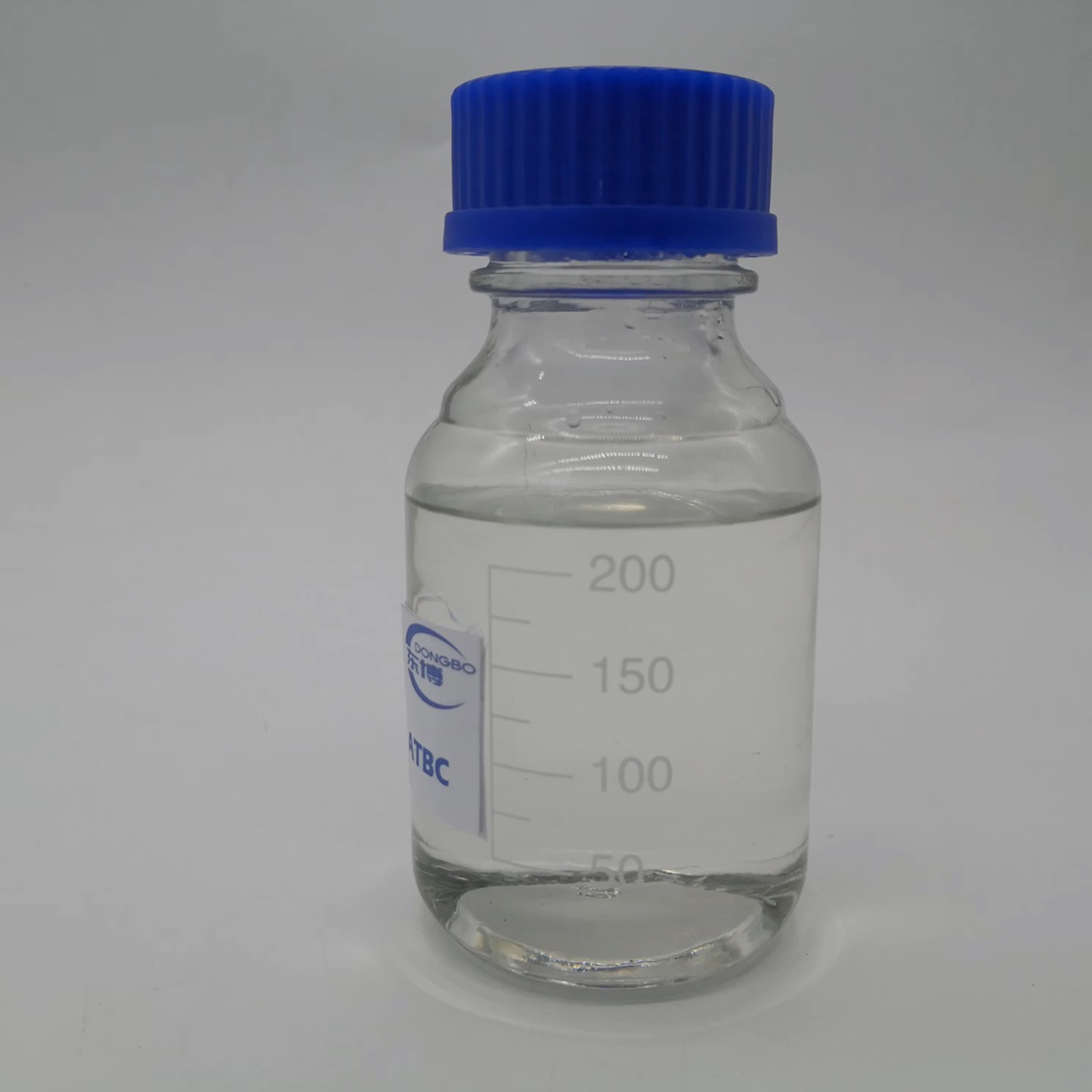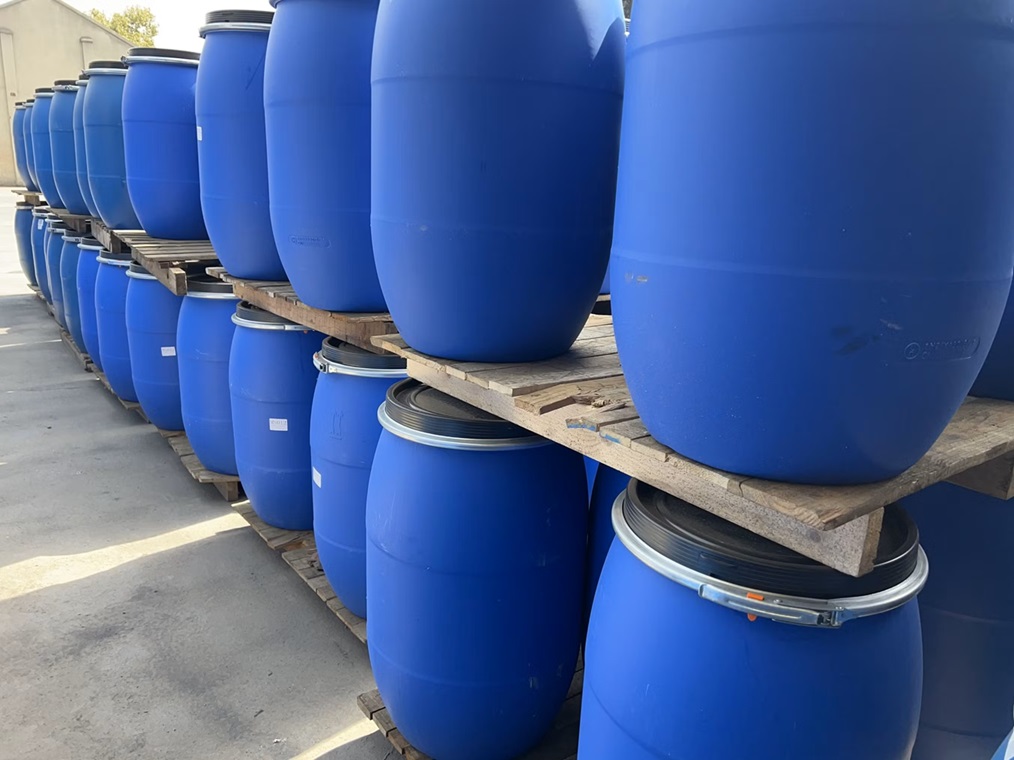We unleash your business potential by maximize the business innovation.
Send EmailTributyl phosphate, Tri-n-butyl phosphate, TBP, 126-73-8 , 20046-30-4
CAS: 126-73-8;20046-30-4
Molecular Formula: C12H27O4P
Names and Identifiers
| Name | Tributyl phosphate |
| Synonyms | TBP Tributyl phosphate Tributyl Phosphsate Tri-n-butyl phosphate Tributyl Phosphate (TBP) 1-dibutoxyphosphoryloxybutane Phosphoric acid tri-n-butyl ester Nitrogen-Oxygen free radical piperidycol Three butyl acrylate acid flame retardant agent |
| CAS | 126-73-8 20046-30-4 |
| EINECS | 204-800-2 |
| InChI | InChI=1/C12H27O4P/c1-4-7-10-14-17(13,15-11-8-5-2)16-12-9-6-3/h4-12H2,1-3H3 |
Physico-chemical Properties
| Molecular Formula | C12H27O4P |
| Density | 0.986g/cm3 |
| Melting Point | -79℃ |
| Boling Point | 288.3°C at 760 mmHg |
| Flash Point | 193.3°C |
| Water Solubility | 0.6 g/100 mL |
| Vapor Presure | 0.00409mmHg at 25°C |
| Appearance | Transparent liquid |
| Storage Condition | 2-8℃ |
| Sensitive | Easily absorbing moisture |
| Refractive Index | 1.43 |
| MDL | MFCD00009436 |
| Physical and Chemical Properties | Colorless and odorless liquid. melting point <-80 ℃ boiling point 289 ℃ relative density 0.976 refractive index 1.425 flash point 146 ℃ solubility miscibility with common organic solvents, also soluble in water. |
| Use | Used as extractants for metal complexes, nitrocellulose, cellulose acetate, plasticizers for chlorinated rubber and polyvinyl chloride, solvents for Coatings, Inks and Adhesives |
Risk and Safety
| Hazard Symbols | Xn - Harmful |
| Risk Codes | R22 - Harmful if swallowed R38 - Irritating to the skin R40 - Limited evidence of a carcinogenic effect |
| Safety Description | S36/37 - Wear suitable protective clothing and gloves. S46 - If swallowed, seek medical advice immediately and show this container or label. |
Upstream Downstream Industry
| Raw Materials | Phosphorus trichloride Phosphorus oxychloride Phosphorus oxychloride 1-Butanol |
| Downstream Products | Tributyl phosphate |
Nature
colorless and tasteless liquid. Miscible with a variety of organic solvents, ImL the product is soluble in about 165ml water.
Preparation Method
derived from the reaction of n-butanol with phosphorus oxychloride.
Introduction
No smell, can be mixed with most organic solvents, slightly soluble in water (1ml soluble in about 165ml of water). Low toxicity.
Use
gas chromatography stationary liquid. For the extraction of cobalt, Iridium, manganese, molybdenum, palladium, platinum, rhodium, technetium, uranium, tungsten. Colorimetric Determination of molybdenum. It is used as a solvent and also as a plasticizer for nitrocellulose, cellulose acetate, chlorinated rubber and polyvinyl chloride.
Last Update:2022-01-01 09:26:57
126-73-8 - Safety
rat oral LD50: 3.0g/kg. It has a strong stimulating effect on the skin and respiratory tract, and has a systemic toxic effect. It has mild inhibitory effect on cholinesterase in human blood and plasma. In case of high heat, open flame or contact with oxidant, there is a risk of combustion. Decomposition by heat produces highly toxic phosphorus oxide flue gas. Store in a cool, ventilated warehouse. Keep away from fire and heat source. Keep the container sealed. Should be stored separately from the oxidant, acid, alkali.

